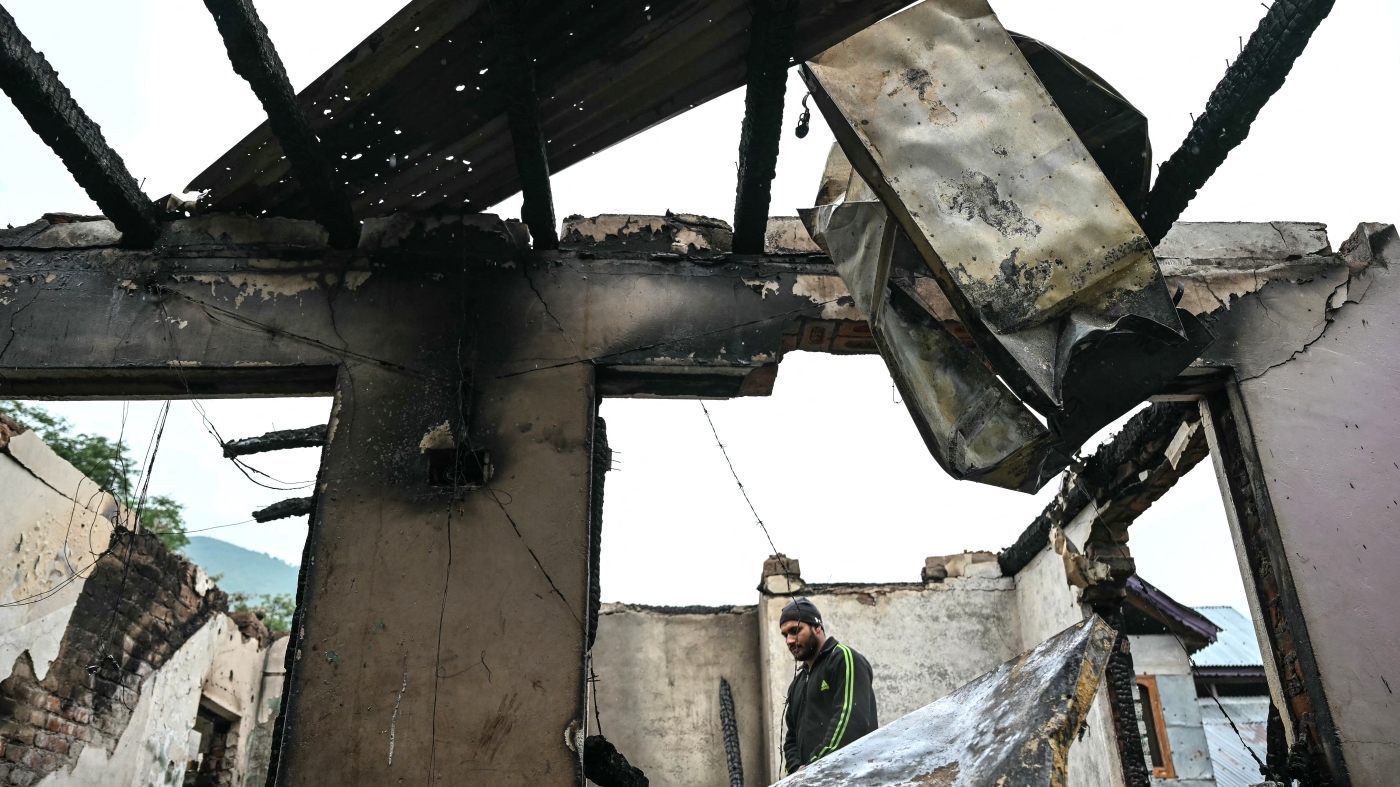Escalating Tensions Between India and Pakistan: A Comprehensive Analysis
Introduction: A Volatile Flashpoint
The India-Pakistan conflict is one of the world’s most enduring and dangerous geopolitical rivalries. Rooted in history, religion, and territorial disputes, tensions between the two nuclear-armed neighbors have repeatedly flared into military confrontations. The latest escalation, triggered by a deadly attack in Kashmir on April 22, has once again brought the region to the brink of crisis. This report examines the historical context, military dynamics, international responses, and the looming threat of nuclear escalation, offering a clear-eyed assessment of where the conflict stands—and where it might be headed.
—
Historical Context: The Kashmir Dispute
The origins of the India-Pakistan conflict trace back to the 1947 partition of British India, which created two independent nations amid violent communal strife. Kashmir, a Muslim-majority region ruled by a Hindu maharaja, became the focal point of contention when its ruler acceded to India, sparking the first Indo-Pakistani war.
Since then, Kashmir has remained a disputed territory, divided by the Line of Control (LoC) but claimed in full by both nations. Three major wars (1947, 1965, 1971) and a limited conflict in 1999 (Kargil War) have been fought over the region. The latest violence, described as the worst since 2019, has reignited fears of another full-scale confrontation.
Recent Escalation: From Insurgency to Open Conflict
The April 22 attack in Kashmir, which India blamed on Pakistan-based militants, led to Operation Sindoor—a retaliatory strike by Indian forces on alleged terrorist camps inside Pakistani territory. Pakistan denied involvement but responded with its own military actions, resulting in a dangerous cycle of cross-border shelling and aerial skirmishes.
Key developments in the current crisis include:
– Exchange of missile strikes, with both sides claiming to have inflicted significant damage.
– Heightened military readiness, including troop mobilizations along the LoC.
– Rhetorical brinkmanship, with leaders on both sides using inflammatory language, including references to “acts of war.”
Military and Strategic Considerations
Both nations possess formidable conventional forces, but the real danger lies in their nuclear capabilities. India adheres to a “No First Use” policy, while Pakistan maintains a more ambiguous stance, reserving the right to use nuclear weapons if its survival is threatened.
– Risk of Miscalculation: Even limited clashes could spiral out of control, particularly if either side misinterprets the other’s intentions.
– Proxy Warfare: Pakistan has long been accused of supporting militant groups in Kashmir, while India has intensified counterinsurgency operations.
– Economic Fallout: Prolonged conflict could destabilize South Asia’s economy, with S&P Global Ratings warning of credit risks for both nations.
International Reactions: Calls for Restraint
The U.S., U.N., and other global powers have urged de-escalation, but diplomatic efforts face significant hurdles:
– U.S. Mediation: Historically, Washington has played a balancing act—allying with Pakistan during the Cold War while deepening ties with India in recent decades. However, its ability to broker peace remains uncertain.
– China’s Role: As Pakistan’s closest ally, China could exert influence, but its own tensions with India complicate the situation.
– U.N. Ineffectiveness: Past resolutions on Kashmir have been ignored, and the Security Council remains divided.
The Nuclear Shadow: A Catastrophic Possibility
Declassified U.S. intelligence reports from the 1980s and 1990s reveal that even during “peacetime,” the risk of nuclear exchange was alarmingly high. Today, with both nations expanding their arsenals and refining delivery systems, the stakes are even greater.
– Short Warning Times: Missile flight times between major cities are as little as 5-10 minutes, leaving little room for error.
– Escalation Dynamics: A conventional war could quickly turn nuclear if either side feels cornered.
– Global Consequences: Beyond regional devastation, a nuclear conflict could trigger a humanitarian crisis and economic shockwaves worldwide.
Conclusion: The Imperative of Diplomacy
The India-Pakistan conflict is not just a regional dispute—it is a global security threat. While military posturing continues, the only viable path forward is dialogue. Key steps include:
– Third-party mediation by neutral actors to facilitate talks.
– Confidence-building measures, such as ceasefire agreements and trade normalization.
– Addressing Kashmir’s political status through peaceful negotiations rather than force.
The alternative—unchecked escalation—risks catastrophe. As history has shown, in this volatile region, peace is not just preferable—it is essential for survival.
—
Final Thought: The world cannot afford complacency. The time for decisive diplomatic action is now, before the next crisis spirals beyond control.











